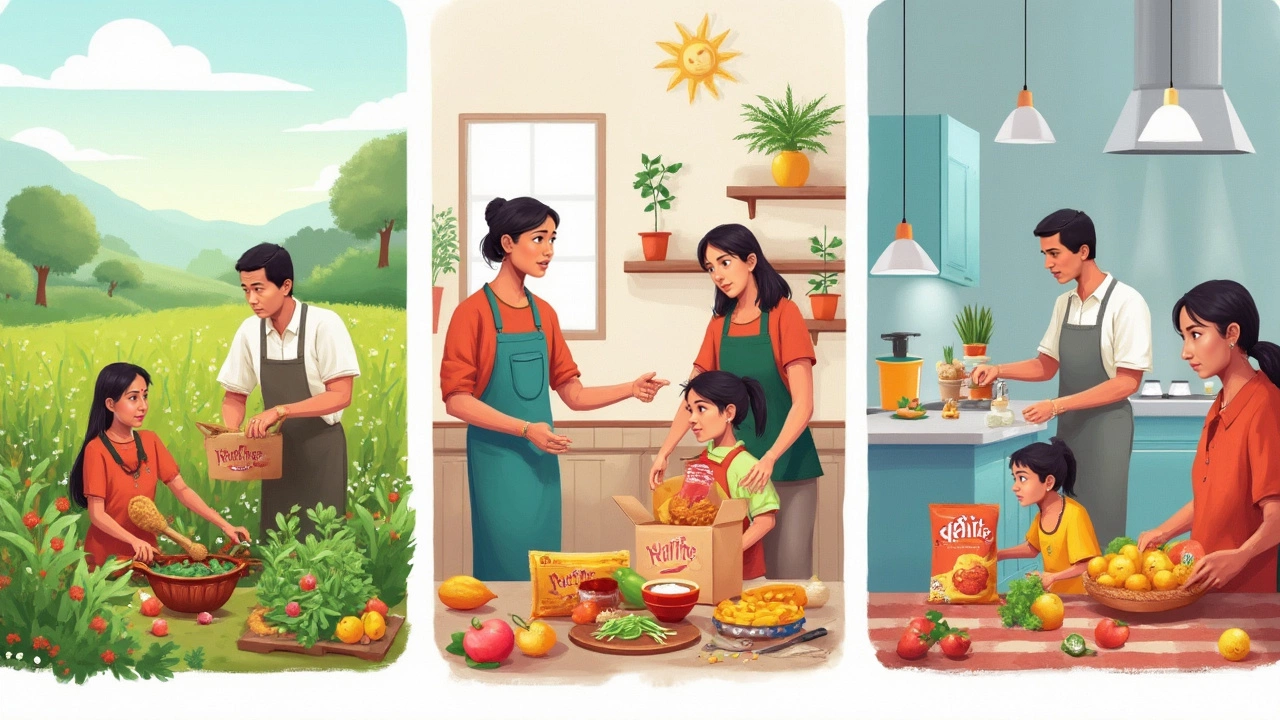Tertiary Processing: Turning Raw Materials into Ready‑to‑Use Products
When a factory takes a raw material and makes a market‑ready product, it’s doing tertiary processing. This is the last step after mining or farming (primary) and shaping or assembling (secondary). It adds the final touches that let you hold the finished item in your hand.
Think of a pharmaceutical pill. The active ingredient is extracted (primary). It is then mixed into a tablet form (secondary). Finally, the tablet gets coating, packaging, and labeling – that’s tertiary processing. The same idea applies to food, textiles, furniture, and many other sectors.
Why Tertiary Processing Matters
First, it creates value. A bunch of raw cotton is worth far less than a finished shirt. By adding finishing steps, companies can charge more and meet consumer expectations. Second, it ensures safety and quality. Food factories sterilize and pack products to keep them fresh. Pharma plants coat pills to control release and protect against moisture. Third, it opens export doors. Finished goods meet global standards, making it easier for India to sell abroad.
In India, tertiary processing drives a lot of growth. The country’s push for “Make in India” isn’t just about building machines; it’s also about polishing the final product. When a furniture maker adds smart lighting or eco‑friendly finishes, they tap into higher‑margin markets. When a textile mill applies dyeing, printing, and technical finishes, they attract fashion brands that need premium fabrics.
Key Industries Using Tertiary Processing
Pharma and chemicals. Articles like “Largest Pharma Hub in India (2025)” show how Baddi, Hyderabad, and Gujarat focus on the final coating, packaging, and regulatory compliance that turn chemicals into medicines ready for patients.
Food processing. The “Food Processing Units Explained” post breaks down how raw grains become ready‑to‑eat snacks, with steps like cleaning, cooking, seasoning, and packaging forming the tertiary layer.
Textiles. Reports on “Most Profitable Textile Businesses” and “Largest Synthetic Textile Manufacturer in India” highlight finishing processes such as dyeing, printing, and performance treatments that turn yarn into marketable fabric.
Furniture. The “Furniture Manufacturers India: The Next Big Industry Boom in 2025” article points out that coating, hardware installation, and smart‑home integration are the tertiary steps that differentiate a basic wooden board from a premium piece of furniture.
Across all these sectors, the common thread is that tertiary processing adds the final layer of value, safety, and appeal. Companies that master this step can charge higher prices, enter new markets, and build stronger brand loyalty.
If you’re planning a new manufacturing venture, focus on the tertiary stage early. Identify the standards your market expects, invest in the right finishing equipment, and train staff on quality checks. Skipping this step can leave you with a product that looks good on paper but fails in real life.
In short, tertiary processing is the bridge between a good raw material and a product people love. It’s where the magic happens, and it’s the key to turning India’s raw potential into global competitiveness.
Three Major Types of Food Processing: What Sets Them Apart?
This article breaks down the three major types of food processing and how they shape what lands on your plate. You'll get straight facts on how food moves from the farm to your kitchen through different processing stages. The article shares real-world examples you know and use daily, tips to spot processed foods, and why each step matters. It also covers some lesser-known impacts on quality, safety, and price. You'll walk away ready to choose what fits your needs best next time you shop.
Read More
